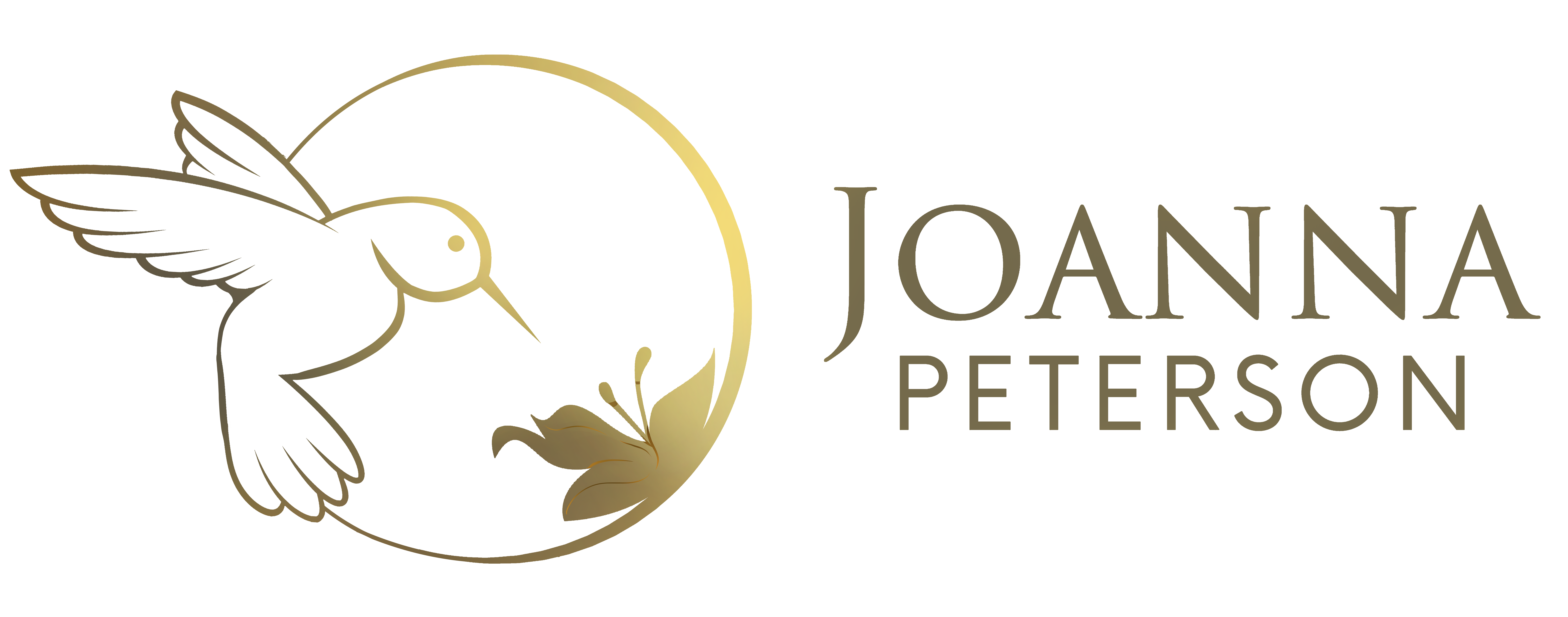The Truth About Fats: Which Ones Heal and Which Ones Harm
When it comes to nutrition, fats often carry a heavy stigma. For years, we’ve been bombarded with messages urging us to steer clear of them altogether. But what if I told you that not all fats are bad? In fact, some fats can actually be your allies in achieving better health. Let’s break down the truth about fats, exploring which ones can heal and which ones are best left on the shelf.
The Lowdown on Fats
Fats can be divided into several categories: saturated fats, unsaturated fats (which include monounsaturated and polyunsaturated fats), and the notorious trans fats. Here’s a closer look at each:
1. Saturated Fats
What They Are: These fats primarily come from animal products like meat, butter, and cheese, as well as tropical oils like coconut and palm oil.
What They Do: For a long time, saturated fats were blamed for heart disease. However, recent research suggests that the relationship is more nuanced. Moderation is crucial here; while it’s wise to limit excessive intake, you don’t need to eliminate them completely. Think quality over quantity—opt for healthier sources and enjoy them occasionally.
2. Unsaturated Fats
Monounsaturated Fats:
- Where to Find Them: Olive oil, avocados, nuts, and seeds.
- Why They’re Good: These fats are champions for your heart. They help lower bad cholesterol and can even improve your mood. Adding more of these to your diet is a delicious way to support your health.
Polyunsaturated Fats:
- Sources: Fatty fish like salmon, flaxseeds, walnuts, and certain vegetable oils.
- Health Perks: Omega-3 and omega-6 fatty acids are types of polyunsaturated fats that are vital for our bodies. Omega-3s, in particular, are known for their anti-inflammatory properties and can boost brain function. Incorporating these fats into your meals can work wonders for your health.
3. Trans Fats
What They Are: Often found in processed foods, baked goods, and margarine, trans fats are the ones you want to avoid.
The Damage They Cause: Trans fats raise bad cholesterol (LDL) while lowering good cholesterol (HDL), which is a recipe for heart trouble. Many countries have made efforts to ban or limit trans fats, and for good reason. Your best bet? Steer clear of them altogether.
Healing Fats vs. Harmful Fats
Healing Fats
- Organic Avocado Oil: Packed with healthy fats and vitamin E, this oil is a flavorful addition to salads and cooking.
- Organic Extra Virgin Olive Oil: A staple of the Mediterranean diet, it’s loaded with antioxidants and has amazing anti-inflammatory benefits.
- Fatty Fish: Think salmon and sardines—they’re rich in omega-3s that promote brain and heart health.
- Nuts and Seeds: Almonds, walnuts, and chia seeds offer a healthy dose of fats along with fiber and protein.
Harmful Fats
- Processed Foods: Many snacks, baked goods, and fast foods contain unhealthy fats, especially trans fats.
- High-Fat Dairy Products: While some full-fat dairy can be okay in moderation, be mindful of high-fat cheeses and creams.
- Excess Saturated Fats: Too much saturated fat from unhealthy sources can contribute to health issues.
Making Smart Choices
- Read Labels: Look out for trans fats and keep an eye on saturated fat levels.
- Go Whole: Focus on whole, unprocessed foods that are rich in healthy fats.
- Cook Wisely: Use healthier oils like olive or avocado oil instead of butter or margarine.
- Find Balance: Incorporate a variety of fats into your diet to reap the benefits without going overboard.
Conclusion
Understanding the role of fats in our diet can transform our health for the better. While some fats can be harmful, others can be incredibly beneficial. By prioritizing healthy fats and cutting back on the bad ones, you’ll not only boost your health but also enjoy the delicious flavors that good fats bring to the table. So, embrace the truth about fats—your body will thank you!

